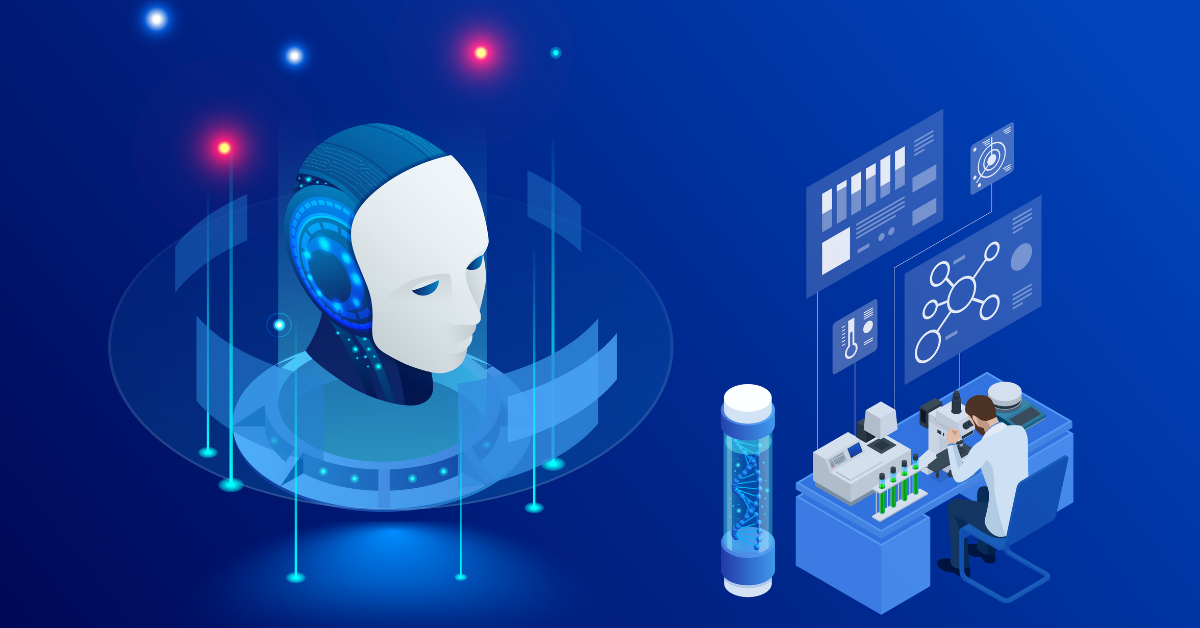The Small Data Problem in Scientific Research
Data sits at the center of modern scientific research and serves as the foundation of discovery and differentiation. However, many R&D organizations...
Software & AI
Scientific Software Development, Legacy Software Modernization, UI/UX,
Predictive Modeling, Custom Simulations, Web Applications,
Multimodal Knowledge Systems, API Development
Data Systems
Data Engineering, Process Engineering, Data Pipelining and Augmentation,
Workflow Automation and Redesign, Scientific Data Management Systems,
Data Capture Systems, High Volume Data Management, Database Design
Strategy & Design
R&D AI Transformation, R&D Digital Transformation, Strategic Roadmap Development,
Data System Design, Process Analysis
Infrastructure
Technical Upskilling for Scientists & Engineers, R&D Systems Integration,
R&D IT and Data Ops
Core Technologies
Machine Learning, Deep Learning, Baysian Optimization, Generative
Adversarial Networks, Graph Neural Networks
Advanced Modeling & Systems
Reasoning Models, Multi-Scale Modeling, Surrogate Modeling,
Simulation, Image Processing, Agentic AI Systems
Language & Generative AI
Natural Language Processing, Foundation Models, Generative AI,
Large Language Models
Discovery & Development
Property Prediction, Formulation Optimization, Structure Generation,
Materials Discovery, Materials Compatibility
Data Insights
Text Data Mining, Automated Data Analysis, Time Series Analysis,
Multimodal Search, Literature and Patent Search, Dashboards, Data Visualizations
Decision Support
Chatbots, Predictive Maintenance, Preventative Maintenance, AI
Recommendation Systems
Making Sense of Agentic AI | You can now watch this timely webinar on agentic AI in materials & chemistry R&D on-demand.

The era of the AI Co-Scientist is here. How is your organization preparing?
Business and industry are undergoing a sea change, driven by the integration of artificial intelligence—particularly generative AI. A recent McKinsey analysis identified four sectors where generative AI is expected to have the most significant impacts: marketing and sales, software engineering, customer operations, and R&D. Interestingly, while R&D currently lags behind the other sectors, it arguably holds the greatest potential for transformation. As OpenAI CEO Sam Altman recently remarked: "Although some industries will change very little [as AI advances], scientific progress will likely be much faster; this impact of [AI] may surpass everything else."
Several key reasons explain why AI could be especially transformative for R&D:
Although people sometimes talk about R&D as if it were one kind of activity, it actually encompasses very distinctive types of activities. For example, early research is about exploration to uncover novel insights that can be commercialized, whereas late development is about exploitation of those insights by reducing them to practice and scaling them in a commercially viable way.
AI naturally plays a different role in different activities such as these. Effectively integrating AI into R&D therefore necessitates a nuanced understanding of both the specific phase of research and the overarching business objectives.
To conceptualize this, consider the AI-Driven R&D Matrix below. As the examples suggest, each quadrant demands unique strategies and AI technologies.

The Emergence of the AI Co-Scientist
A particularly intriguing advancement in this realm is the development of an "AI Co-Scientist." This concept transcends traditional automation, aiming to fundamentally reshape scientific inquiry. The AI Co-Scientist functions as a collaborative, multi-agent system that partners with human researchers throughout the research lifecycle, encompassing hypothesis generation, experimental design, evaluation, refinement, and prioritization. This system leverages the latest advanced reasoning capabilities of LLMs to assist scientists in synthesizing vast amounts of literature and generating novel hypotheses.
Google recently demonstrated the potential of its AI Co-Scientist in liver fibrosis research. AI-generated strategies successfully suggested novel methods for inhibiting disease progression, highlighting the AI Co-Scientist’s ability to augment expert insights and accelerate scientific breakthroughs.

AI co-scientist multi-agent system and interaction paradigm between the system and the scientist (Source: Google Research).
Integrating AI into R&D provides significant strategic advantages due to the proprietary nature of scientific data. Unlike commoditized operational datasets with relatively uniform structures, proprietary R&D data is specialized, unique, and challenging to replicate. Companies investing in AI-driven R&D thus build defensible moats that competitors find difficult to replicate.
Organizations aiming to harness AI for transformative outcomes in early-stage R&D should consider the following strategies:
The potential of AI Co-Scientists suggests we are nearing an inflection point in scientific research. Companies that integrate these AI systems strategically position themselves to accelerate progress and unlock discoveries previously considered out of reach. The AI Co-Scientist paradigm doesn't just enhance productivity—it has the potential to revolutionize the process of scientific discovery itself. Businesses that grasp this shift early can fundamentally reshape their competitive landscape, turning R&D into their most potent strategic advantage.
Is your organization preparing? Enthought can help.
.png)
Data sits at the center of modern scientific research and serves as the foundation of discovery and differentiation. However, many R&D organizations...

This article was originally published on Forbes and can be foundhere.

This article references topics presented by Michael Connell, EdD during our recent webinar, Making Sense of Agentic AI: A Strategic Briefing for...